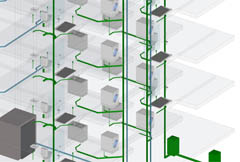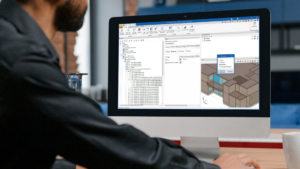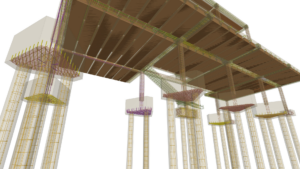
The Hong Kong Government has certified CYPE’s CYPEPLUMBING Water Systems and CYPEPLUMBING Sanitary Systems programmes, the former for designing and analysing potable water installations, and the latter for foul water and rainwater drainage, considering they are tools that encourage the productivity of professionals and promote digitalisation and innovation in the construction industry.
This certification has been carried out by the Construction Innovation & Technology Fund (CITF), a dependent entity of the Government’s Development Bureau under the Hong Kong Special Administrative Region (DEVB), which aims to encourage the professional utilisation of innovative construction methods and use of new technologies that improve productivity and raise construction quality with sustainability criteria.
The CITF has a 112.8 million euro budget to achieve these objectives through two lines of work. On the one hand, it certifies and validates the use of innovative technologies promoting the construction industry and, on the other, it promotes the training and development of this sector’s professionals and students, with the aim of speeding up the use of innovative tools.
For those in charge of the Construction Innovation & Technology Fund, CYPE tools meet these requirements as they are considered to be highly productive tools that use cutting-edge technology (Open BIM) via the BIMserver.center platform. For Carlos Fernández, Technical Director at CYPE, this approval on behalf of the Hong Kong organisation boosts the expansion work the company is carrying out in Asia.
Completely editable programmes
CYPEPLUMBING Water Systems is the software that assists designers in analysing and designing potable water supply installations. This application is integrated into the Open BIM workflow via the IFC standard and is completely editable, so it can be adapted to the standards of any country in the world.
On the other hand, CYPEPLUMBING Sanitary Systems software allows designers to analyse and design foul water and rainwater evacuation installations. Along with many other options, the programme allows partial or whole installations to be designed for any type of building, whilst easing the organisation of different networks (foul water, rainwater, combined systems, greywater, or blackwater) in layers, and in their 2D or 3D management.



